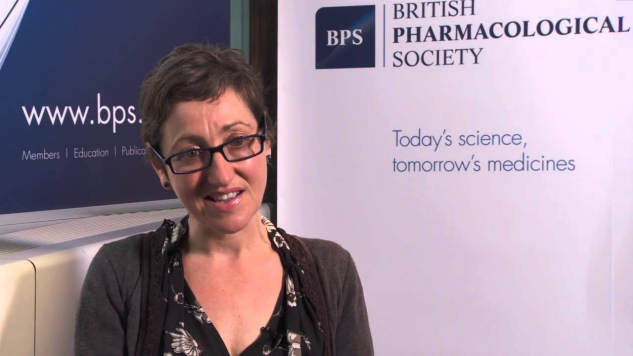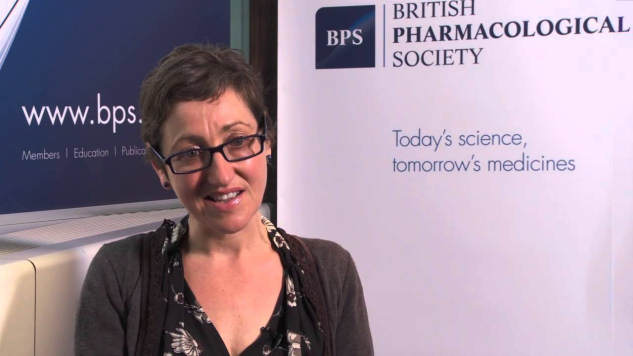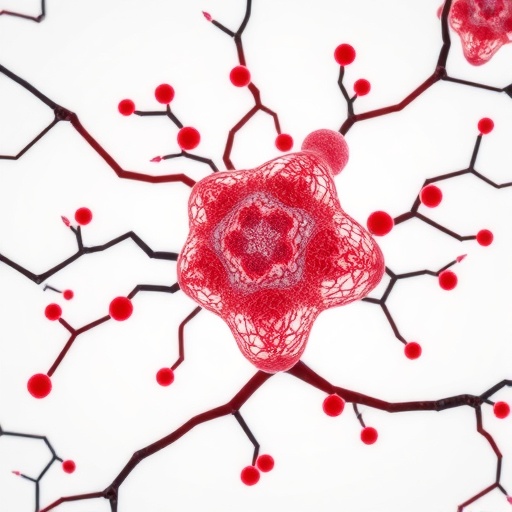
Intermittent parathyroid hormone treatment (iPTH) and mechanical loading through exercise have both been shown to stimulate bone formation. These osteoanabolic stimuli are partially mediated by G protein-coupled receptors. Previous studies have suggested that enhanced signalling through the Gαq/11 pathway inhibits the bone-building actions of PTH, however the influence of enhanced Gαq/11 pathway on exercise has not been reported in vivo.
In a new study published in the journal ‘Calcified Tissue International and Musculoskeletal Research’, investigators used transgenic mice that specifically overexpress Gα11 to compare in vivo the effects of intermittent PTH and treadmill exercise on bonearchitecture, strength and histology. They also investigated how osteoblastic elevation of Gα11 (without constitutive Gαq/11 activity) in these mice influences the skeletal response to anabolic bone therapies.
Professor Jane Mitchell, Associate Chair, Department of Pharmacology and Toxicology. University of Toronto, stated, “In summary, our studies demonstrate that elevated Gα11 in osteoblast lineage cells inhibits the osteoanabolic effects of intermittent PTH and inclined treadmill exercise. That Gα11 mediates these functions in the bone microenvironment may indicate that inhibition of Gα11 signaling can augment the responses to PTH and exercise in increasing bone mass and strength, and may be a suitable candidate to target for treating bone loss.”
###
Reference:
Dela Cruz, A., Grynpas, M.D. & Mitchell, J. Overexpression of Gα11 in Osteoblast Lineage Cells Suppresses the Osteoanabolic Response to Intermittent PTH and Exercise Calcif Tissue Int (2016). doi:10.1007/s00223-016-0158-y
https://link.springer.com/article/10.1007/s00223-016-0158-y
About Calcified Tissue International & Musculoskeletal Research:
Calcified Tissue International & Musculoskeletal Research is a peer-reviewed journal which publishes original preclinical, translational and clinical research, and reviews concerning the structure and function of bone, and other musculoskeletal tissues in living organisms, as well as clinical studies of musculoskeletal disease. It includes studies of cell biology, molecular biology, intracellular signaling, and physiology, as well as research into the hormones, cytokines and other mediators that influence the musculoskeletal system. The journal also publishes clinical studies of relevance to bone disease, mineral metabolism, muscle function, and musculoskeletal interactions. Editors in Chief: Stuart Ralston and René Rizzoli; Musculoskeletal Research Section Editor: Roger Fielding.
> Get free or low-cost access to International Osteoporosis Foundation (IOF) scientific journals via the IOF website: become a member at http://www.iofbonehealth.org/become-member
Media Contact
L. Misteli
[email protected]
41-229-940-100
@iofbonehealth
http://www.iofbonehealth.org
Photo: Professor Jane Mitchell, Associate Chair, Department of Pharmacology and Toxicology. University of Toronto
The post Could suppression of Gαq/11 signaling be a promising target for treating bone loss? appeared first on Scienmag.





